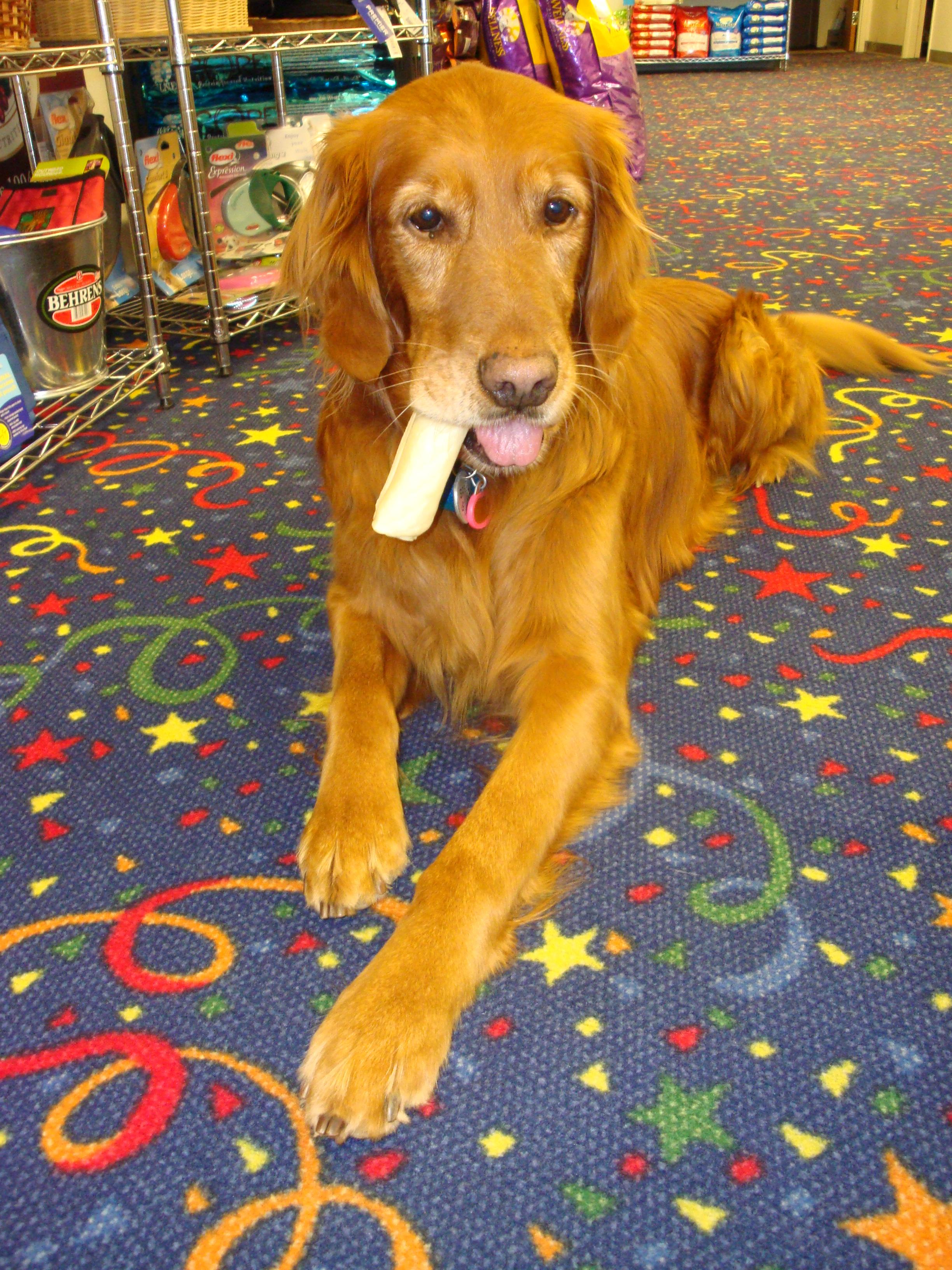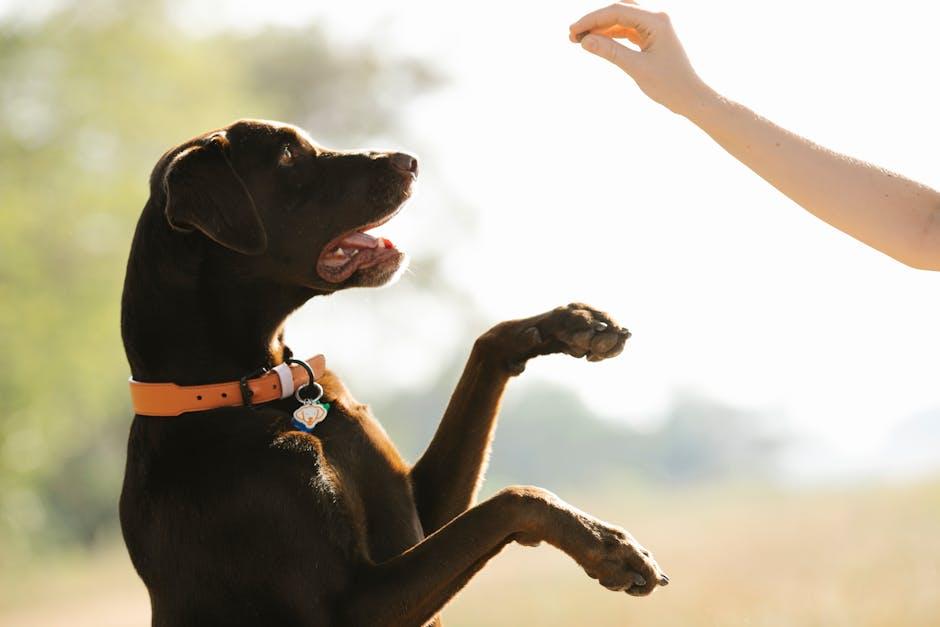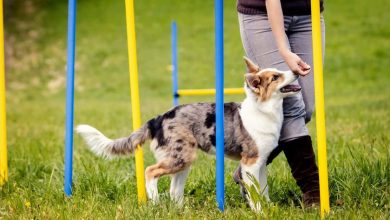How to prepare your puppy for obedience school

Bringing a new puppy into your home is an exciting adventure filled with playful antics and heartwarming moments. However, as your furry friend grows, so does the need for structure and discipline to ensure they become a well-behaved member of your family. Preparing your puppy for obedience school is a crucial step in their development, helping to lay the foundation for a lifetime of good behavior and a harmonious relationship with you and others. In this guide, we’ll walk you through essential tips and strategies to get your puppy ready for their first day of school, turning what might seem like a daunting task into a fun and rewarding experience for both you and your pup. Whether you’re a first-time dog owner or looking to refresh your training skills, we’re here to help you set your puppy up for success in obedience school and beyond. Puppy“>
Puppy“>
Choosing the Right Training Supplies for Your Puppy
When preparing your puppy for obedience school, having the right training supplies is essential to ensure a positive and productive experience. Start with a comfortable collar and leash; these are fundamental tools that provide control and security during training sessions. Opt for a leash that is about 6 feet long, which offers the right balance between control and freedom for your puppy. A clicker can also be a valuable tool to mark desired behaviors quickly and effectively. It helps in creating a clear communication channel between you and your puppy.
Treats are a must-have for positive reinforcement. Choose small, tasty treats that your puppy loves and can consume quickly. This keeps the training session smooth and your puppy motivated. Additionally, consider investing in a treat pouch to keep your hands free and the rewards easily accessible. Another useful item is a training mat or target stick, which can help your puppy learn specific commands and focus their attention. Lastly, always have some patience and positivity in your toolkit; these are the most important supplies for any successful training journey.
- Comfortable Collar and Leash
- Clicker
- Treats
- Treat Pouch
- Training Mat or Target Stick
- Patience and Positivity

Creating a Positive and Safe Learning Environment
To ensure your puppy feels both comfortable and excited about attending obedience school, it’s crucial to establish a nurturing atmosphere at home. Begin by setting up a designated area where your pup can relax and feel secure. This could be a cozy corner with a soft bed and some favorite toys. Consistency is key, so try to keep this space calm and free from distractions.
- Introduce a daily routine with regular feeding, playtime, and potty breaks.
- Encourage socialization with other pets and family members to build confidence.
- Use positive reinforcement techniques such as treats and praise to reward good behavior.
Incorporate basic commands like sit, stay, and come into your daily interactions. This not only reinforces learning but also strengthens the bond between you and your puppy. Always be patient and celebrate small victories, as this fosters a supportive and safe environment where your puppy can thrive.
Establishing a Consistent Routine Before Classes Begin
Developing a routine that both you and your puppy can follow consistently is essential for a smooth transition to obedience school. Begin by establishing a daily schedule that includes designated times for feeding, potty breaks, play, and rest. This structure not only helps your puppy feel secure and understand what to expect, but it also reinforces good habits and reduces anxiety.
- Morning Routine: Start the day with a brisk walk or some playtime to burn off energy. Follow this with a feeding session and a potty break.
- Training Sessions: Incorporate short training sessions throughout the day. Keep them fun and engaging with plenty of positive reinforcement.
- Evening Wind Down: Conclude the day with some calm bonding time, perhaps a gentle grooming session or a quiet cuddle, to help your puppy relax before bed.
Consistency is key. By adhering to a routine, your puppy will learn what is expected and be better prepared for the structured environment of obedience school. Adjust the schedule as needed to fit your lifestyle, but strive to maintain the same sequence of activities each day.

Building Basic Commands and Social Skills at Home
Teaching your puppy basic commands and nurturing their social skills at home can be both a fun and rewarding experience. Start by focusing on simple commands like “sit”, “stay”, and “come”. Use positive reinforcement techniques, such as treats and praise, to encourage and reward their efforts. Puppies respond well to short, consistent training sessions, so aim for a few minutes of practice each day. Remember, patience is key as your furry friend learns at their own pace.
- Consistency: Use the same words and gestures for each command to avoid confusion.
- Positive Reinforcement: Reward good behavior immediately to help your puppy make the connection.
- Short Sessions: Keep training sessions brief but frequent to maintain their attention and interest.
In addition to commands, it’s important to expose your puppy to a variety of social situations. Gradually introduce them to different environments, people, and other animals. This helps to build their confidence and adaptability. Set up playdates with other friendly dogs and invite friends over to interact with your puppy, making sure each experience is positive and controlled.
- Controlled Introductions: Slowly introduce your puppy to new settings and individuals.
- Variety of Experiences: Different sights, sounds, and smells will help your puppy adapt to new situations.
- Positive Interactions: Ensure that every new experience is enjoyable and stress-free for your puppy.



